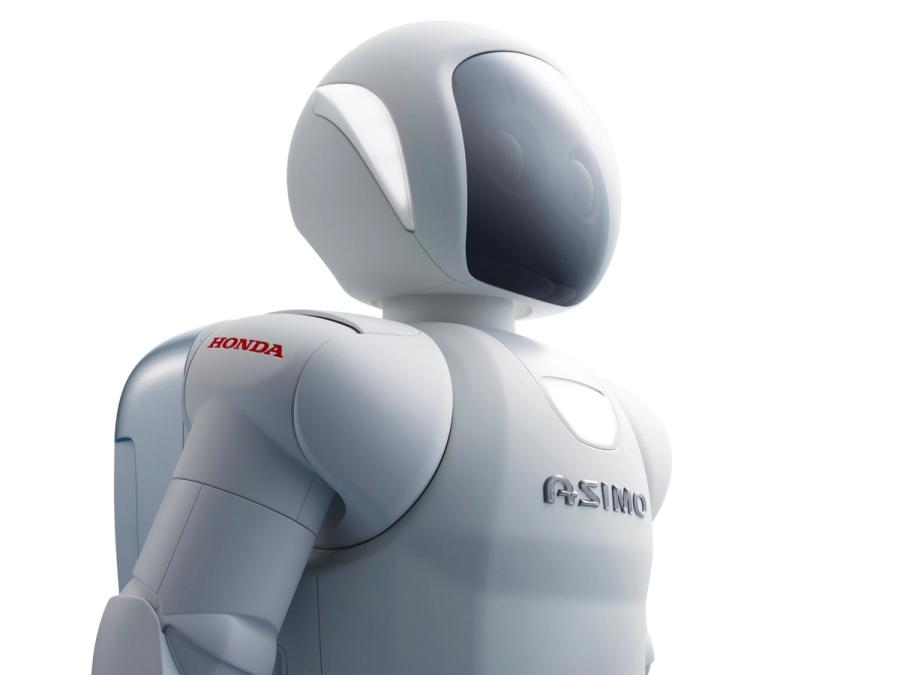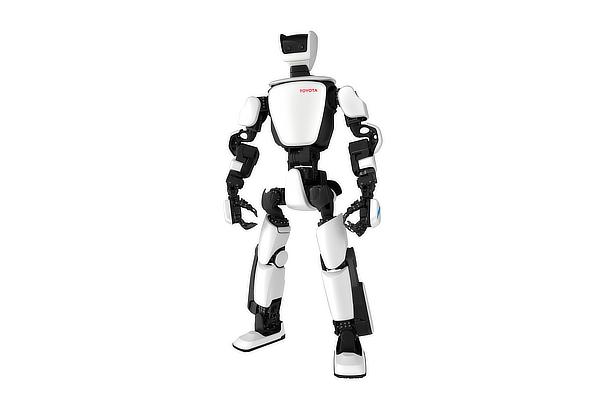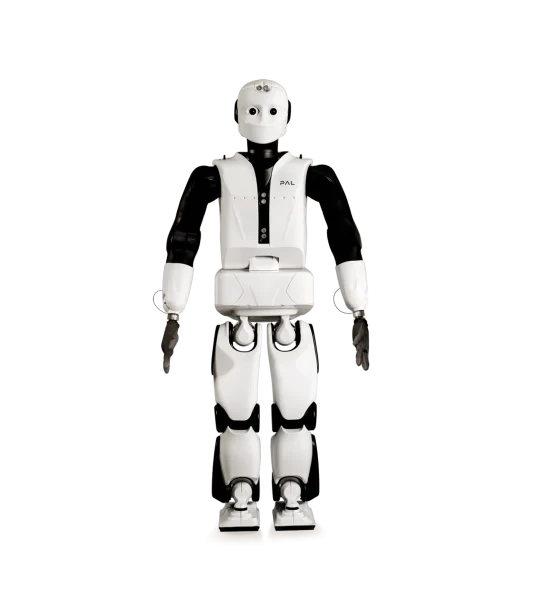In 2024, the field of robotics has witnessed unprecedented advancements, particularly in the realm of humanoid robots. These sophisticated machines are not only pushing the boundaries of technological innovation but are also redefining the way we interact with machines in our daily lives. This article delves into the most modern humanoid robots of 2024, exploring their manufacturing details, abilities, strengths, benefits, risks, pricing, and commercial availability.
1. Atlas by Boston Dynamics

- Date of Manufacturing: 2013 (Continual updates through 2024)
- Abilities:
- Advanced bipedal locomotion, capable of running, jumping, and performing complex maneuvers.
- Dexterous manipulation with humanoid hands, allowing it to handle tools and perform intricate tasks.
- Autonomous navigation in diverse environments using integrated sensors and AI.
- Strength:
- Exceptional balance and agility, enabling it to traverse uneven terrains and navigate obstacles with ease.
- High payload capacity, capable of lifting and transporting objects up to 50 kg.
- Benefits:
- Enhances industrial automation by performing repetitive and hazardous tasks, improving workplace safety.
- Assists in search and rescue operations, accessing areas inaccessible to humans.
- Facilitates research and development in robotics and AI, driving further technological breakthroughs.
- Risks:
- High operational costs may limit accessibility for smaller enterprises.
- Potential job displacement in sectors heavily reliant on manual labor.
- Ethical concerns regarding autonomous decision-making and accountability.
- Price: Approximately $150,000 per unit.
- Commercial Use: Available for commercial use, primarily in industrial and research settings.
2. Sophia by Hanson Robotics
- Date of Manufacturing: Initial model released in 2016, with significant upgrades in 2024.
- Abilities:
- Highly expressive facial features capable of mimicking human emotions.
- Natural language processing for seamless human-robot interactions.
- Integration with IoT devices, allowing smart home and office functionalities.
- Strength:
- Superior conversational abilities, making it ideal for customer service and educational roles.
- Advanced AI algorithms that enable continuous learning and adaptation.
- Benefits:
- Enhances customer engagement through interactive and personalized communication.
- Serves as a companion in healthcare settings, providing emotional support and assistance to patients.
- Facilitates educational initiatives by acting as an interactive teaching assistant.
- Risks:
- Privacy concerns related to data collection and processing during interactions.
- Dependence on AI for emotional support may lead to diminished human-to-human interactions.
- High maintenance and upgrade costs.
- Price: Approximately $75,000 per unit.
- Commercial Use: Available for commercial deployment in customer service, healthcare, and educational institutions.
3. Digit by Agility Robotics

- Date of Manufacturing: 2020 (Ongoing enhancements through 2024)
- Abilities:
- Bipedal walking with the capability to navigate complex environments.
- Autonomous package handling and delivery.
- Integration with logistics and supply chain management systems.
- Strength:
- Lightweight and energy-efficient design, allowing extended operational periods.
- High adaptability to various terrains, including urban and rural settings.
- Benefits:
- Revolutionizes last-mile delivery, reducing delivery times and operational costs.
- Enhances efficiency in warehouses by automating inventory management and order fulfillment.
- Reduces human exposure to hazardous environments in logistics operations.
- Risks:
- Potential job displacement in delivery and warehouse roles.
- Vulnerability to cyber-attacks and system malfunctions.
- Regulatory challenges related to autonomous delivery systems.
- Price: Approximately $100,000 per unit.
- Commercial Use: Actively deployed in logistics, retail, and delivery services across major cities.
4. ASIMO by Honda

- Date of Manufacturing: 2000 (Latest version updated in 2024)
- Abilities:
- Walking and running at speeds up to 9 km/h.
- Object recognition and basic manipulation.
- Voice and gesture recognition for interactive communication.
- Strength:
- Robust and reliable performance in controlled environments.
- User-friendly interface facilitating easy interaction with humans.
- Benefits:
- Assists in customer service roles, providing information and guidance.
- Supports elderly care by performing routine tasks and monitoring patient well-being.
- Enhances interactive exhibits in museums and public spaces, enriching visitor experiences.
- Risks:
- Limited adaptability in highly dynamic or unstructured environments.
- High development and maintenance costs.
- Ethical considerations regarding human-robot relationships and dependency.
- Price: Approximately $200,000 per unit.
- Commercial Use: Primarily used in hospitality, healthcare, and public engagement sectors.
5. T-HR3 by Toyota

- Date of Manufacturing: 2022 (Upgraded in 2024)
- Abilities:
- Teleoperation with real-time human control, allowing remote manipulation of objects.
- Mimicking human movements with high precision.
- Integration with virtual reality systems for enhanced control and feedback.
- Strength:
- Superior dexterity and precision in task execution.
- Seamless integration with human operators, facilitating collaborative tasks.
- Benefits:
- Enhances capabilities in manufacturing by allowing remote operation of machinery.
- Supports hazardous environment operations, reducing human risk.
- Facilitates remote healthcare services, enabling medical professionals to perform procedures remotely.
- Risks:
- Dependence on stable and high-speed internet connections for teleoperation.
- Security vulnerabilities in remote control systems.
- High cost of integration and operation.
- Price: Approximately $250,000 per unit.
- Commercial Use: Available for industrial applications, remote operations in hazardous environments, and telemedicine services.
6. REEM-C by PAL Robotics

- Date of Manufacturing: 2017 (Continual updates through 2024)
- Abilities:
- Autonomous navigation and obstacle avoidance.
- Human-robot interaction with natural language processing.
- Carrying and manipulating objects with its arms.
- Strength:
- Highly versatile in various indoor environments.
- Robust build quality suitable for extended use in commercial settings.
- Benefits:
- Enhances customer service in retail by assisting shoppers and managing inventory.
- Supports hospitality services by performing tasks such as room service delivery.
- Facilitates interactive engagements in public spaces like museums and exhibitions.
- Risks:
- High initial investment and maintenance costs.
- Potential technical issues related to autonomous navigation in dynamic environments.
- Privacy concerns regarding data collection during interactions.
- Price: Approximately $120,000 per unit.
- Commercial Use: Widely adopted in retail, hospitality, and public engagement sectors.
Market Impact: A New Era of Humanoid Robotics
The proliferation of advanced humanoid robots in 2024 marks a significant shift in various industries, driving both innovation and economic growth. According to Market Research Future, the global humanoid robot market is projected to reach $9 billion by 2027, growing at a CAGR of 15.3% from 2022 to 2027. This surge is fueled by increasing investments in AI and robotics, the rising demand for automation in industries, and the continual advancements in robotic technologies.
Industrial Automation:
Humanoid robots like Atlas and Digit are revolutionizing manufacturing by automating complex tasks, enhancing productivity, and reducing operational costs. The International Federation of Robotics (IFR) estimates that humanoid robots could contribute to a 20% increase in manufacturing efficiency by 2025.
Healthcare
Robots such as Sophia and ASIMO are transforming healthcare by assisting in patient care, reducing the workload of medical professionals, and enhancing the quality of patient services. The Healthcare Robotics Market is expected to grow from $6 billion in 2023 to $14 billion by 2028, driven by the adoption of robots in hospitals and elder care facilities.
Customer Service and Hospitality
REEM-C and Sophia are enhancing customer interactions in retail and hospitality, providing personalized services, and improving customer satisfaction. The Customer Service Robotics Market is projected to reach $3 billion by 2025, with a significant portion attributed to humanoid robots.
Risks and Challenges
Despite their numerous benefits, the integration of humanoid robots poses several challenges. Job Displacement: Automation threatens to displace jobs in sectors like manufacturing, logistics, and customer service, necessitating workforce retraining and upskilling initiatives. Ethical Concerns: The rise of autonomous robots raises ethical questions about accountability, privacy, and the extent of machine autonomy. Security Risks: Increased connectivity of robots exposes them to cybersecurity threats, necessitating robust security measures to protect against potential breaches.
Economic Benefits
The adoption of humanoid robots is expected to contribute significantly to the global economy. PwC estimates that robots could add $15.7 trillion to the global economy by 2030, with humanoid robots playing a crucial role in this growth by enhancing productivity and fostering innovation across industries.
Conclusion: Embracing the Robotic Revolution
The advancements in humanoid robotics in 2024 are not just technological milestones but transformative forces reshaping industries and society. As these robots become more integrated into various sectors, they offer unparalleled benefits in efficiency, safety, and service quality. However, it is imperative to address the associated risks through strategic planning, ethical considerations, and robust security frameworks.
Humanoid robots like Atlas, Sophia, Digit, ASIMO, T-HR3, and REEM-C exemplify the pinnacle of robotic innovation, each contributing uniquely to their respective fields. As we move forward, the collaboration between humans and robots will define the future of work, healthcare, and customer service, heralding a new era of intelligent automation and enhanced human capabilities.
For more insights and updates on the latest in robotics and AI, stay tuned to our publication as we continue to explore the fascinating advancements shaping our world.